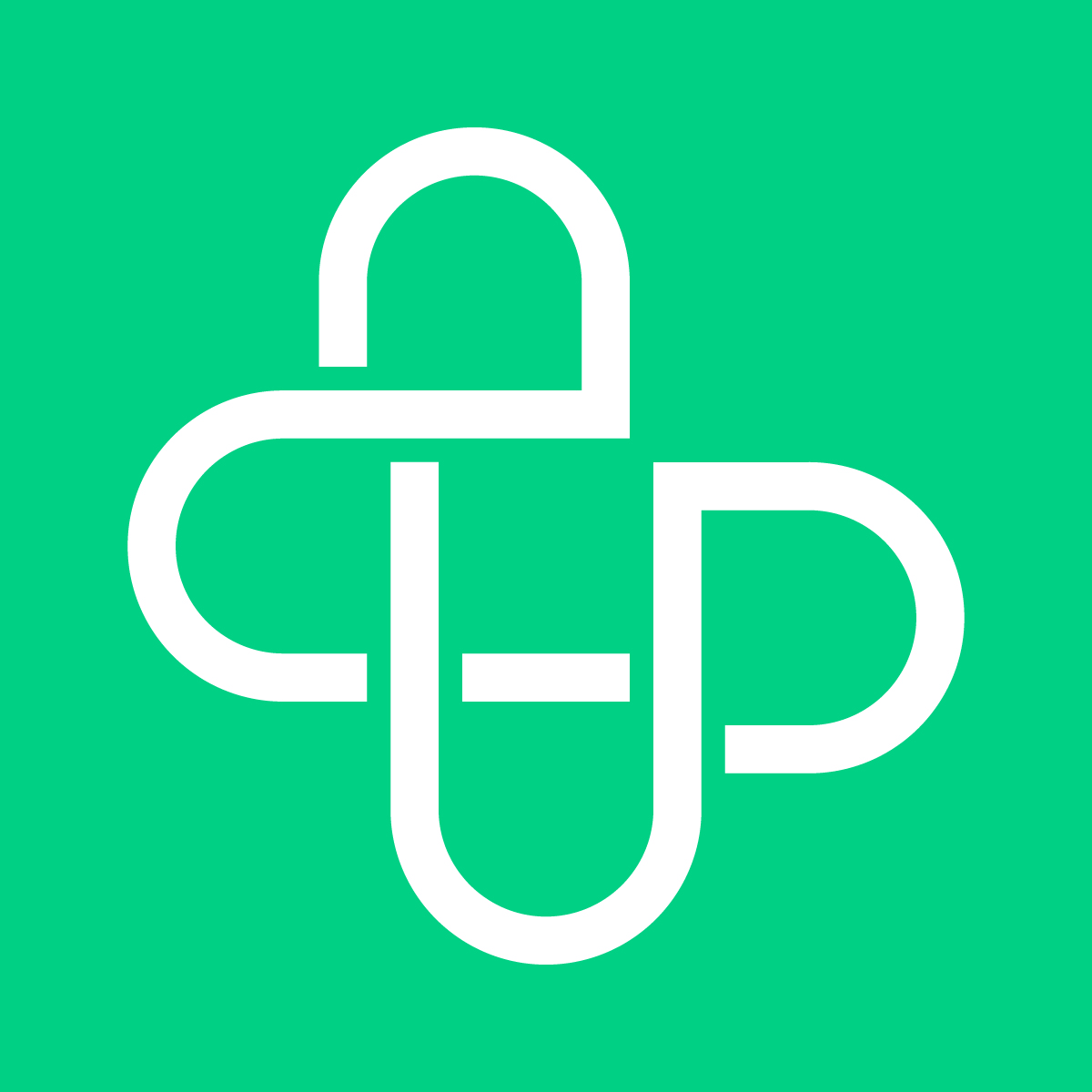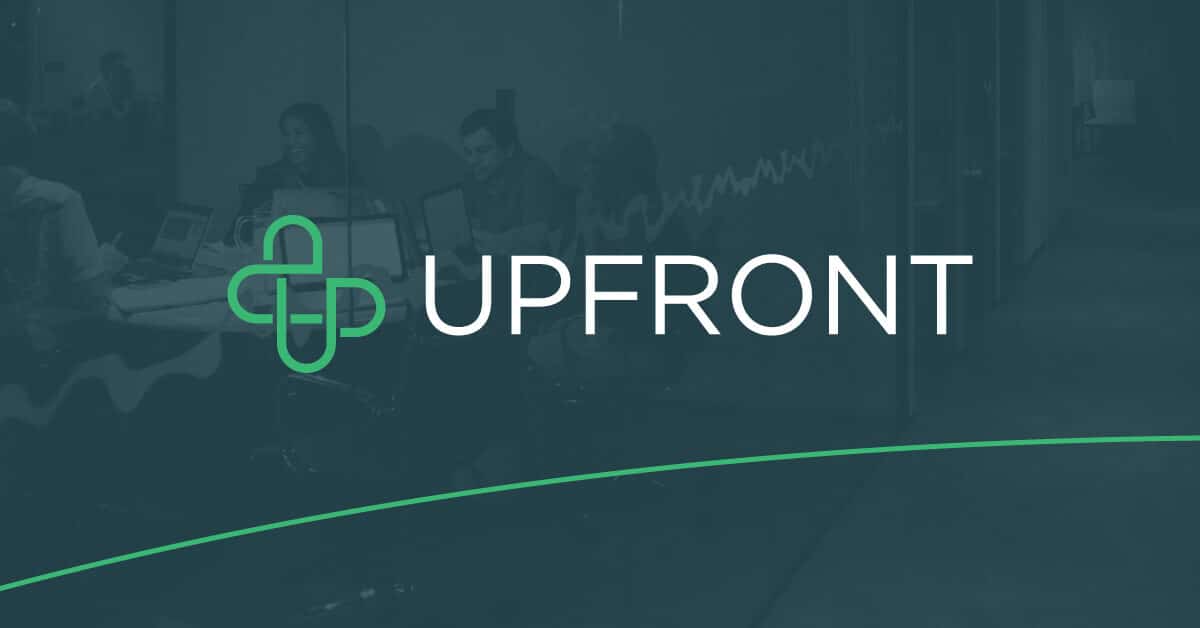With its acquisition of PatientBond, Upfront integrated the healthcare industry’s only consumer psychographic segmentation model that has been proven to personalize patient engagement at scale. Psychographics pertain to people’s attitudes, values and personalities and are core to their motivations, priorities and communication preferences.
Upfront, a platform for patient engagement and access, addresses healthcare consumers’ needs for messaging and channel mix designed specifically for each individual patient. This is driven by insights identified by Upfront’s Bartosch Patient Activation Institute. The Institute helps Upfront achieve Best-in-Class patient activation outcomes through data science, content and design, incorporating best practices from the fields of health communication and behavioral science. This proprietary psychographic segmentation model further enhances Upfront’s ability to hyper-personalize patient engagement and greatly increases the likelihood of activating patient behaviors.
Upfront’s psychographic segmentation model identifies five unique healthcare consumer segments based on their approaches to health, wellness and care delivery, and the percentage of the general population of adults age 18+ represented by each segment:
Self Achievers (21%): The most proactive when it comes to their wellness, investing what is necessary toward their health and appearance. Self Achievers may actually have health issues, but they stay on top of them with regular medical checkups, health screenings and research. Purpose-driven, Self Achievers are task-oriented and will tackle a challenge if they are given measurable goals.
Balance Seekers (15%): Generally proactive in their health and wellness-oriented. Balance Seekers are open to many ideas, sources of information and treatment options; however, Balance Seekers themselves – not healthcare professionals – define what success looks like for their health. Physicians are useful resources, but not the only resources, for leading a healthy life.
Priority Jugglers (12%): Very busy with many responsibilities and commitments. Because of their schedule, Priority Jugglers may not take the time to invest in their own wellbeing and are reactive when it comes to their own health issues. However, Priority Jugglers prioritize their job and their family’s health and will make sure their loved ones receive the care they need.
Trustful Responders (15%): Believe their physician is the most credible resource for their healthcare needs. Trustful Responders look to their physician and other healthcare professionals for direction and guidance because of their expertise and credentials. However, Trustful Responders may not always follow a physician’s advice if it’s not easy to fit into their daily routines.
Willful Endurers (37%): Live in the “here and now” and believe there are more important things to focus on than improving their health for the future. Willful Endurers are not necessarily unhealthy, but they do what they like, when they like, and typically do not change their habits. Self-reliant, they can withstand whatever life throws at them, going to the doctor when they absolutely must.
Note, Trustful Responders were named Direction Takers prior to Upfront’s acquisition of PatientBond. While this segment wants directive guidance from healthcare professionals, Upfront feels the Direction Takers label was not sufficient in capturing the extent of this segment’s personality and motivations. This segment defers to the credentialed expertise of clinicians and generally trusts physicians trust until given a reason otherwise. The difference between “trustful” and “trusting” is that “trusting” can imply naivete. This segment is also one of the most reactive with regard to healthcare, but is likely to act on a physician’s advice or referral if they can work it into their daily routines. Trustful Responders are higher utilizers of healthcare services but less likely to pursue preventive medicine.
The distribution of psychographic segments, or percentage of the population each segment represents, was also updated. Over the past 4 years there has been a slight shift from Priority Jugglers to Willful Endurers, with the other segments staying relatively static in percentage of the general population.
Note, people have elements of all five psychographic segments, but they have a dominant segment with secondary and tertiary characteristics from among the other segments. Typically, the secondary segment for Priority Juggler is Willful Endurer, so something happened to shift a percentage of the Priority Jugglers to their secondary segment.
That “something” appears to have been the COVID-19 pandemic. A 12-question Classifier survey — originally developed in 2013 – is used to identify a person’s psychographic segment. A portion of Priority Jugglers changed their answers to three of these questions:
- “I believe that I can directly influence how long I will live, regardless of my family history” (fewer agreed)
- “I don’t let being sick get in the way of my work” (fewer agreed)
- “I would be willing to experience major delays in getting a doctor appointment if it meant everyone could get the health care they need” (more agreed)
These attitudes adjusted to the environment of the past several years, which shifted a percentage of Priority Jugglers into their secondary segment, Willful Endurers. Whether this shifts back once we’re well past COVID remains to be seen. In the meantime, patient engagement should be personalized using insights regarding their dominant segment.
It is important to note that, regardless of the national distribution of psychographic segments, the distribution will vary by subpopulation. For example, the percentages by segment listed above are not representative of the segment distribution for patients with diabetes, Medicare or Medicaid membership, or the African American community. However, all five segments appear across all demographic and socioeconomic groups.
To learn more about psychographic segmentation in healthcare, please download our whitepaper, “Psychographic Segmentation and its Practical Application in Personalized Patient Engagement and Activation.”



